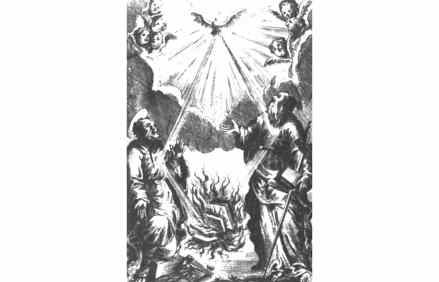The Index of Prohibited Books makes a fine reading list
In a classic paradox of bureaucracy, the Index of Forbidden Books only really hit its stride when its original task became impossible. By the 17th century, Robin Vose relates in his new history of the Index Librorum Prohibitorum – established 1559, venerated and cursed for four centuries as ‘the Index’ – it was broadly accepted that censoring literature, senso stricto, was no longer possible. The ubiquity of printers, the ease of transportation and concealment and the sheer number of new books all made most texts available, most of the time, to those with time and cash to spare. The Index of Forbidden Books couldn’t, practically speaking, forbid. In other words,



